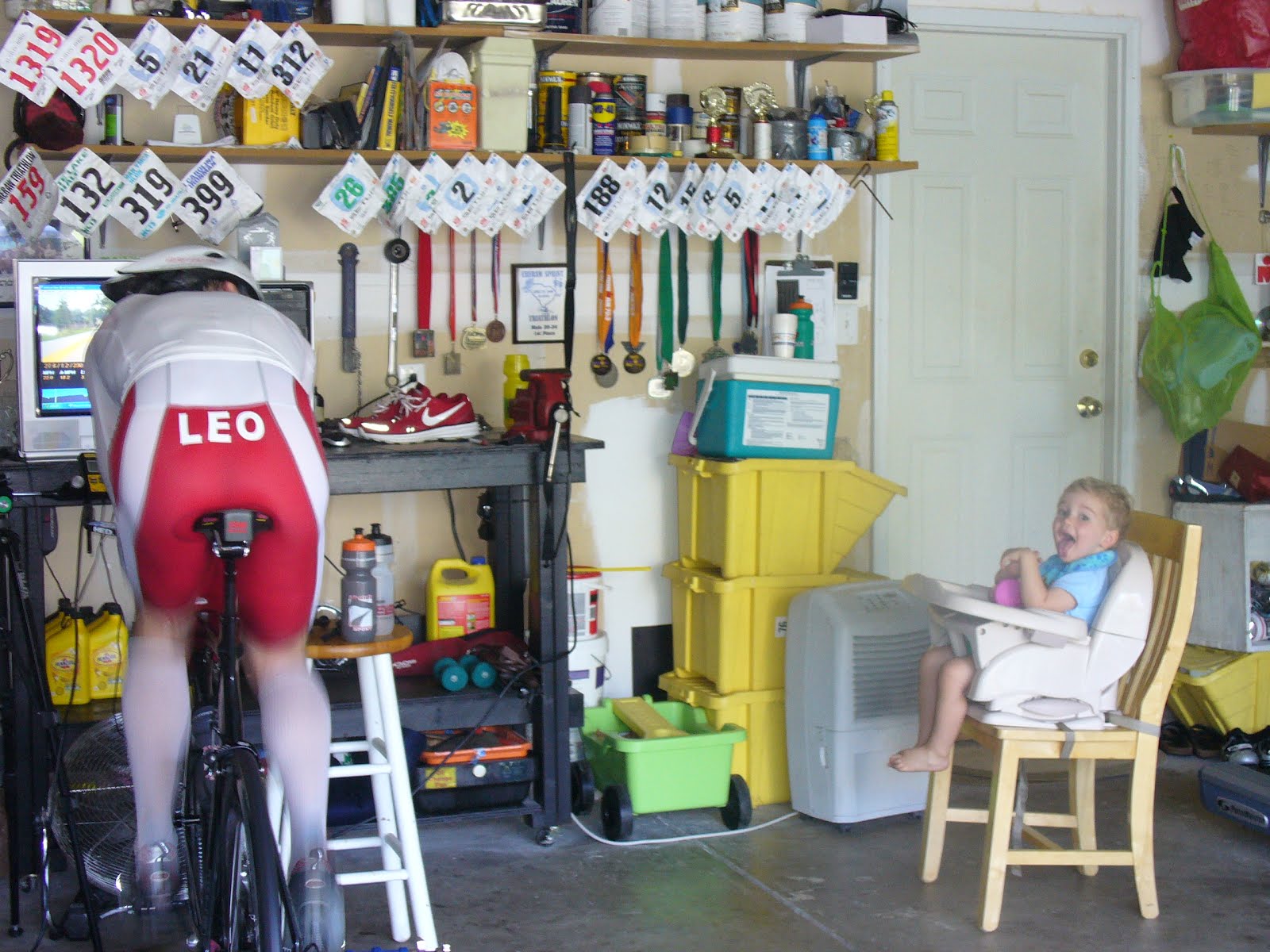Having been in the sport for almost 20 years I have experienced most of the injuries that plague an endurance athlete. The aches and pains that can sideline an athlete for a week to a year I have endured. One must learn from these setbacks and take appropriate action to keep these from returning.
Unfortunately, I have seen many athletes try to 'band aid' these injuries by not addressing the true issues. For example, the Cho-pat Knee Strap can become the superficial 'solution' to "Runner's Knee", Patelllar Tendonitis, etc. Although this device may reduce or eliminate the pain it does not truly solve the problem at hand.
Addressing and correcting the issue at hand takes work and attention to weak links within ones kinetic chain. When one looks at the primary movement patterns of endurance athletes like triathletes you will see that the majority of the time is spent emphasizing the use of the hip flexors. For example, take a look at how closed up my hips are below and imagine how many times you call on this muscle group in just one hour of riding:

What can happen after hours and hours of running and biking (hip dominant sports) an athlete can become unbalanced. In other words, the hips can become dominant and the opposing muscle groups can become neglected and weak per their lack of use.
I don't want that to happen to you. If you have never been taken out by a training/racing related injury before I am very happy for you. Lets keep it that way.
Please take 1 minute and 33 seconds to see the three exercises that are essential in bringing the glutes back into the mix. In other words, lets make the glutes less submissive to the overbearing hip flexors:
Suggestions:
- 1 to 2 sets of each exercise
- 10 to 20 reps per exercise
- can be done 3 to 5 days/wk
- execute prior to running or biking to prep/engage glutes
- slow is always better then fast; don't rush through them
This video touches only the tip of the iceberg in terms of Corrective Exercises one can use to prevent injury, enhance performance, eliminate weak links, and stay in the game for a life time.
Please check back again soon to see the next two 'Action Steps' that I consider to be essential in making this season one of your best.
Train smart, think big!
Coach L
